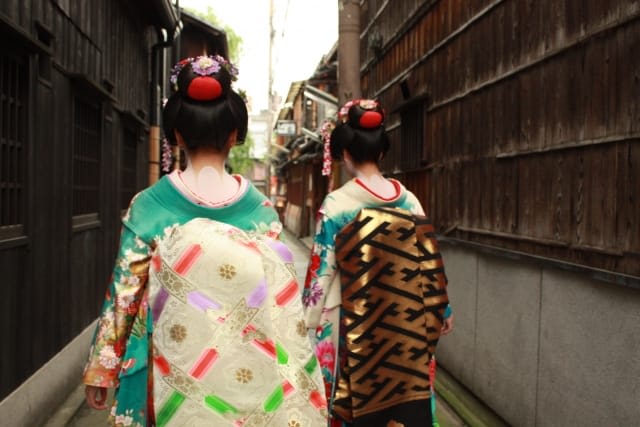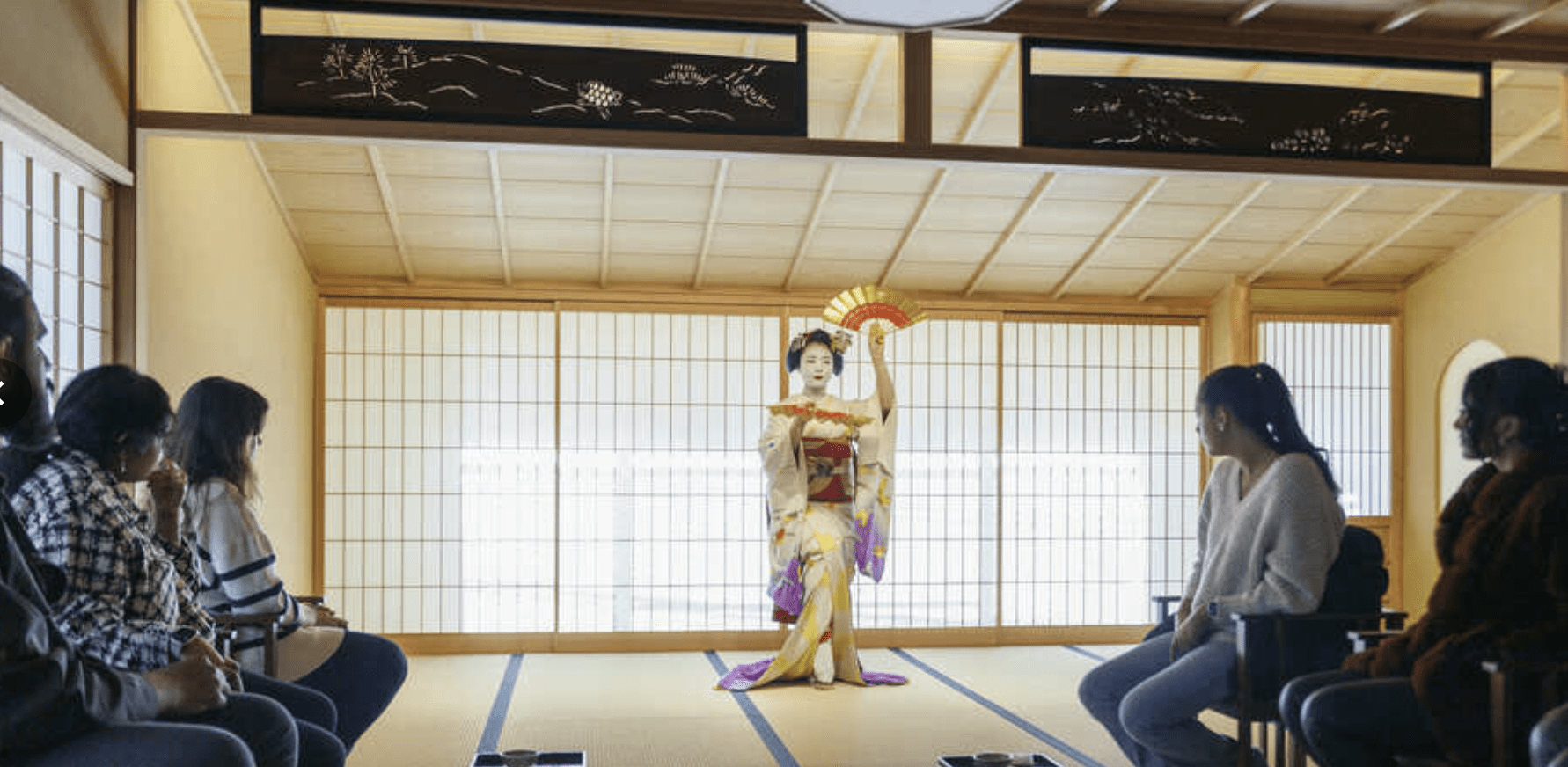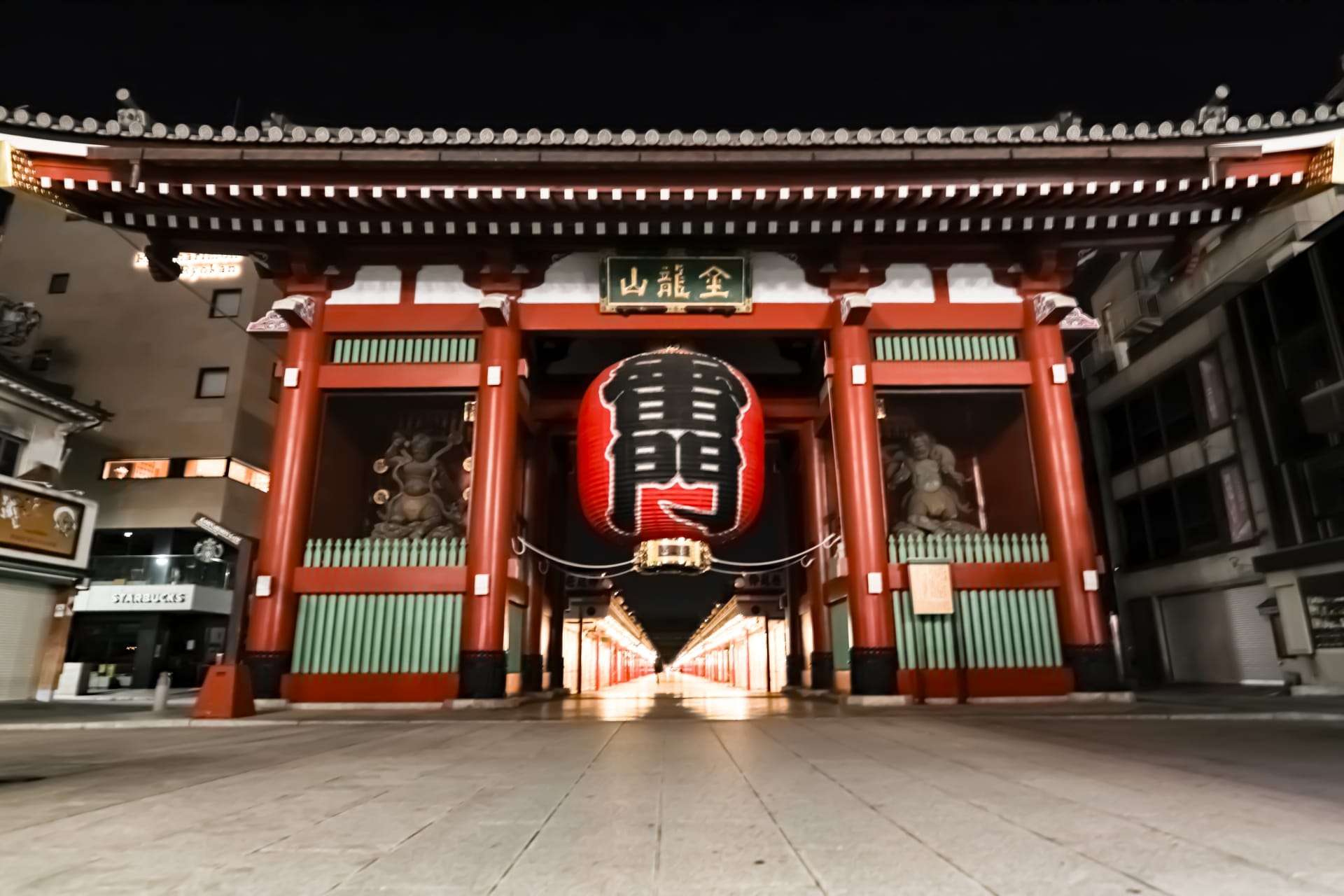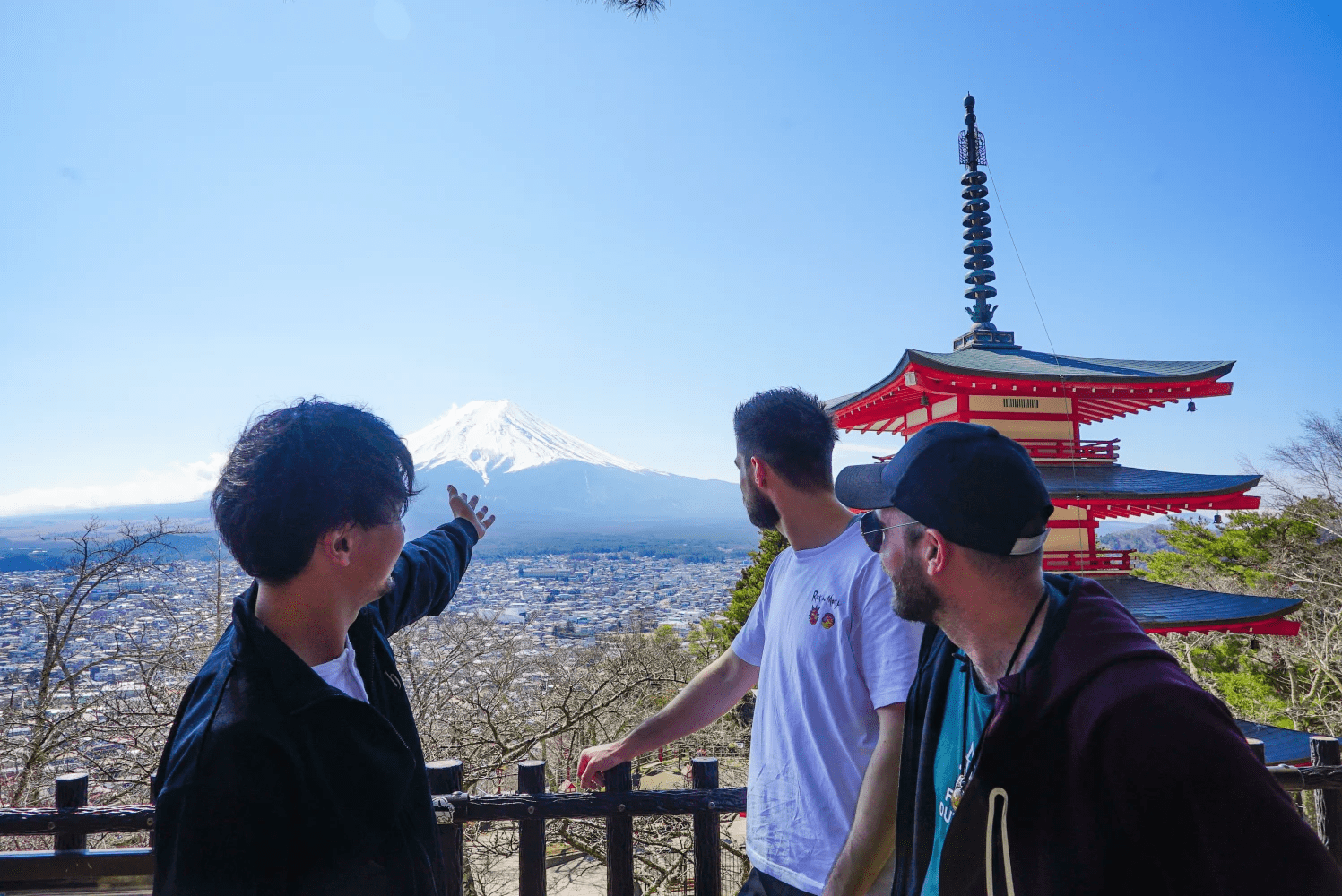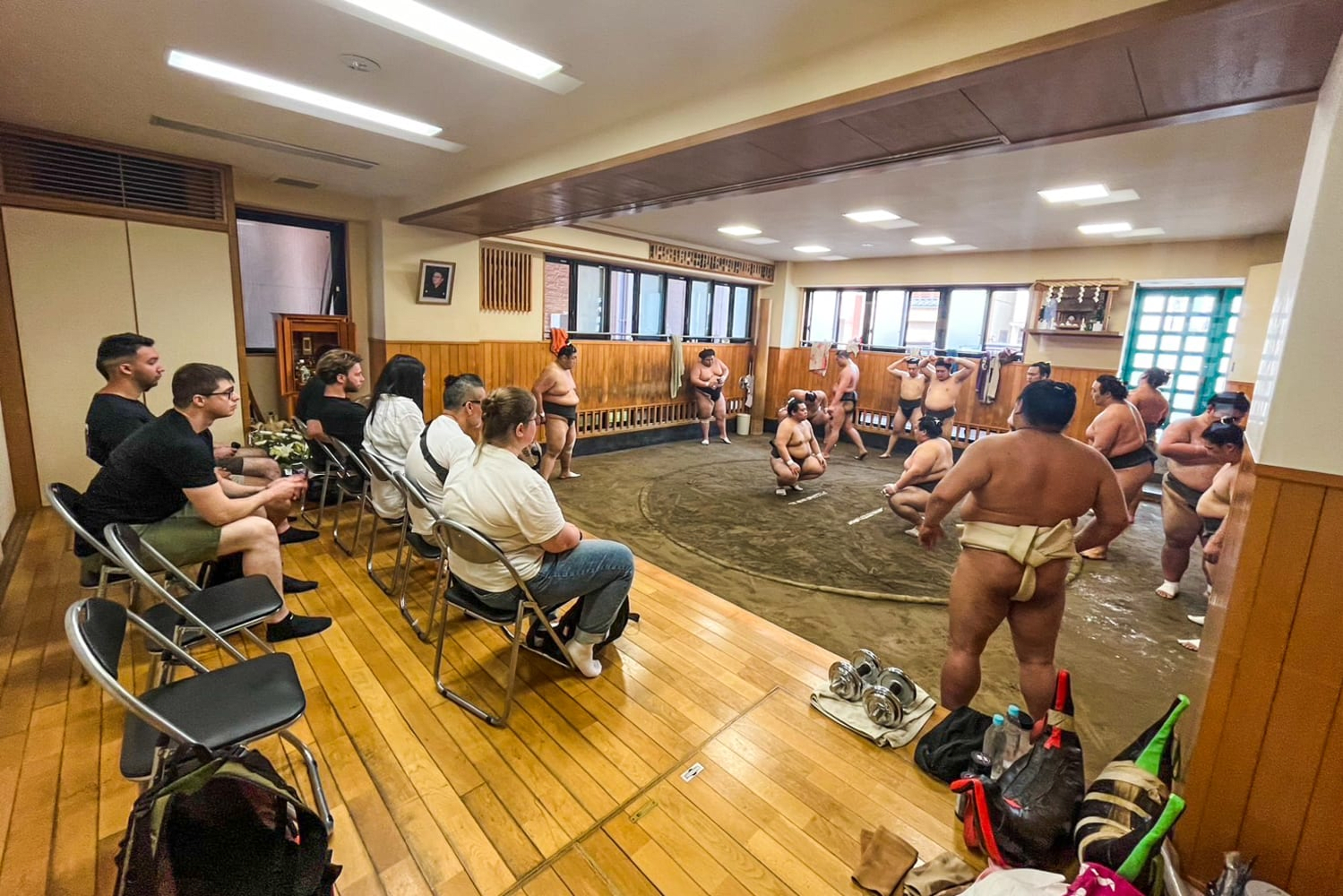Maiko & Geisha in Kyoto: The World of Prestigious Traditional Performing Arts
As a knowledgeable guide who knows every corner of Kyoto, I've compiled essential information to help visitors make the most of their sightseeing experience in the city.
I'm updating this article to share the new charms of Kyoto I discovered and to recommend the latest spots worth visiting. In this update, I've also included the newest information about Kyoto for 2025.
Another reason for this update is the growing interest in tours that allow visitors to fully experience Kyoto's traditions and culture.
Due to Kyoto's deep history and traditions, first-time visitors often find it challenging to explore the city efficiently while gaining a deeper understanding. This has led to increasing popularity of guided tours like those offered by Magical Trip, where local guides help tourists navigate the city.
Notably, Magical Trip's tour, which was ranked No.1 among all tours on Tripadvisor in 2024, is experiencing high demand in 2025.

Magical Trip offers a tour where you can enjoy dinner with a maiko (apprentice geisha) - a traditional Kyoto profession - at the Kyoto Dentō restaurant. By joining the "Dinner with Maiko in a Traditional Kyoto Style Restaurant Tour," you can experience precious moments with a maiko, which is a rare opportunity even for Japanese people.
For those who want to experience Kyoto deeply and efficiently, we recommend these two tours. With guides who are well-versed in Kyoto's culture and traditions explaining the tourist spots, you'll enjoy your sightseeing several times more than if you were to explore on your own:
Introduction
"Maiko" and "geisha" are professions with a 300-year history in Kyoto since the Edo period, but their actual nature is not well-known overseas.
I think many people learned about their existence through the Hollywood movie "Memoirs of a Geisha," but from my perspective as a Japanese person, I honestly felt it was quite dramatized.
The common misconception of "maiko and geisha = prostitutes" is a misunderstanding. In reality, they are traditional performers primarily focused on artistic skills. After I actually met a maiko at a ryotei in Kyoto's Gion district, I became very interested in their deep culture and daily lives.
Maiko might seem like a form of entertainment or show, but in reality, it's a prestigious profession that inherits traditional performing arts and devotes itself to daily training. In this article, I'll share about the culture of maiko from a Japanese perspective.
Also, in Kyoto, it's actually against the rules to take photos of maiko without permission, and it's challenging for foreigners to make reservations at restaurants where you can actually meet them, making it difficult for tourists to meet real maiko.
Therefore, in this article, I'll introduce local rules and tours where you can safely meet maiko. By the way, what many foreigners often imagine as "geisha" are actually maiko in most cases. I'll also explain the differences between maiko and geisha in this article.
I hope you'll be able to experience the essence of maiko culture as a symbol of the depth of Japanese traditional culture and craftsmanship. Let's explore this traditional world together.
Table of Contents
・What is a Maiko?
・"Hanamachi," the Activity Area of Maiko
・Work and Roles of Maiko
・The Path to Becoming a Maiko
・Maiko Experiences in Kyoto
・Frequently Asked Questions About Maiko in Kyoto
What is a Maiko?

A maiko is a young apprentice geisha who works in the hanamachi (geisha districts) of Kyoto. They primarily perform artistic skills and entertain guests at ochaya (teahouses). Maiko are known for their distinctive appearance with elaborate kimonos and unique makeup, symbolizing Kyoto's traditional culture.
Why is Maiko Culture Unique to Kyoto?
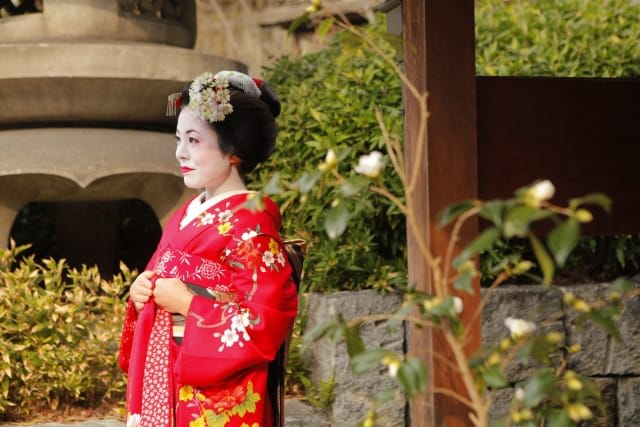
The unique development of maiko culture in Kyoto is rooted in the city's history. Maiko are said to have originated in Kyoto during the early Edo period and evolved into their current form focusing on artistic skills after the Meiji era. After World War II, the number of maiko drastically decreased, but now they have become important figures preserving the traditions of Kyoto's hanamachi.
Kyoto was Japan's capital for over 1000 years. Because of this, there has always been a strong consciousness to "preserve tradition." As a result, the culture of maiko and geisha has also been preserved. I believe that without Kyoto's unique character, the development of maiko culture would not have been possible.
Not Everyone Can Meet a Maiko
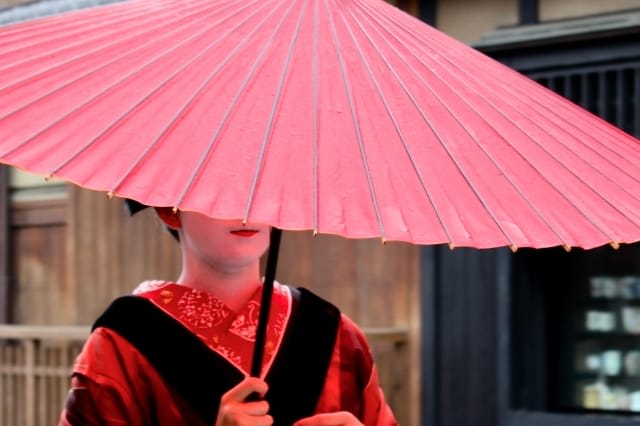
Meeting a maiko is actually not easy. This is because maiko are entertainment for high society. Also, as a Kyoto custom, the ochaya where you can meet maiko value their regular customers. Therefore, some places even refuse first-time visitors. In fact, even for Japanese people, it's not easy to meet maiko or geisha.
Even when I lived in Kyoto, I didn't have many opportunities to meet maiko. At that time, some ochaya where you could meet maiko wouldn't let you in without an introduction. I felt that to meet a maiko, connections and a certain level of financial means were essential.
About "Ochaya"
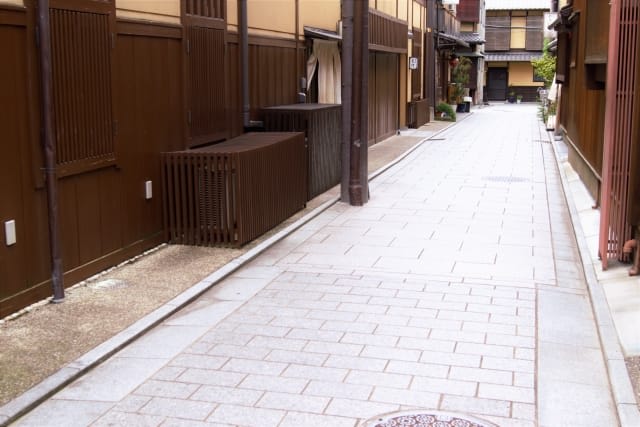
"Ochaya" refers to the "ryotei" (traditional high-class Japanese restaurants) where maiko and geisha work. There are many of these ochaya in Kyoto's hanamachi. Ochaya are mainly used for banquets and entertainment. Guests can request specific maiko or geisha, but the fee is typically high, ranging from tens of thousands of yen per hour.
What is "Ozashiki Asobi"?
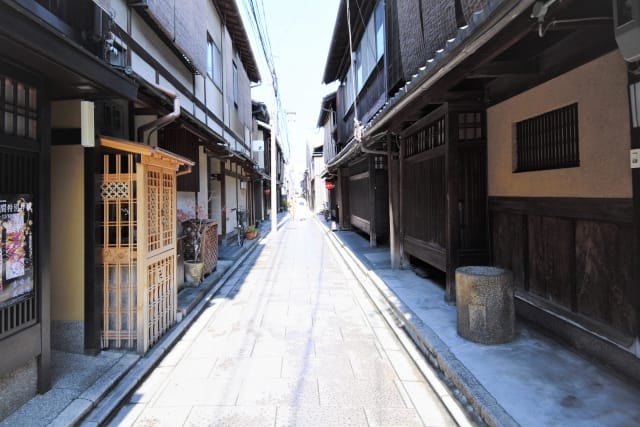
"Ozashiki asobi" refers to the performances and entertainment provided by maiko at banquets.
While it primarily involves showcasing artistic skills such as dancing, singing, and playing instruments like shamisen and drums, as well as tea ceremony, customer service skills like pouring sake and conversation are also highly valued. Maiko deepen their relationships with guests through ozashiki asobi. I would say it's the most emphasized skill in maiko training.
Differences Between Maiko and Geisha
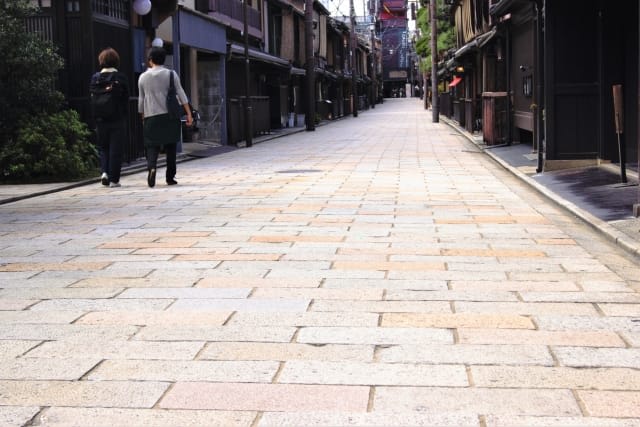
Let me explain the differences between maiko and geisha. Maiko are young apprentice geisha, while geisha are full-fledged performers. Maiko are typically 15-20 years old, while geisha are generally older. Also, maiko wear vibrant furisode (long-sleeved kimono), while geisha wear more subdued kimono.
There are also differences in their work. Maiko primarily engage in ozashiki asobi, while geisha perform more sophisticated artistic skills. In other words, maiko are in training to become geisha. While they're often confused, I think understanding this difference is important in understanding maiko culture.
"Hanamachi," the Activity Area of Maiko
Maiko are not found everywhere in Kyoto. The areas where maiko and geisha are active are called "Kagai," or sometimes "Hanamachi." The main hanamachi are the following four:
Gion

Gion is the most famous hanamachi in Kyoto and a representative area where you can meet maiko. From evening to night, you might see maiko walking along Hanami-koji Street.
However, taking photos of maiko walking on the street is considered bad manners, so you should absolutely not do it.
In recent years, violations of etiquette towards maiko in Gion have become such a problem that they've made the news. Since maiko are on their way to work, it's wise to refrain from talking to them as well.
I once spotted a maiko in Gion, but I followed etiquette and only watched from a distance. I feel that not disturbing the daily lives of maiko is our responsibility as tourists.
Pontocho
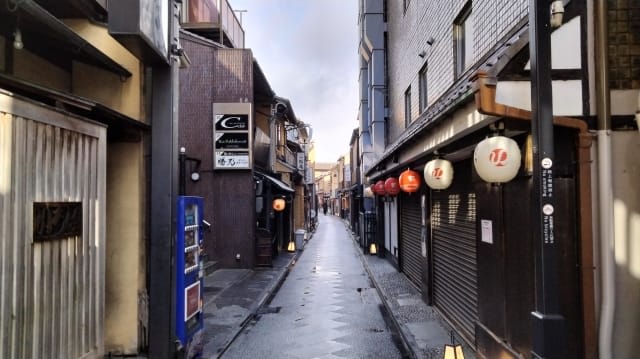
Pontocho is a hanamachi located along the Kamo River. Ryotei line the narrow cobblestone streets. Recently, more affordable restaurants have increased, but you won't find maiko or geisha at these places. Maiko work at the high-end ryotei.
Miyagawa-cho
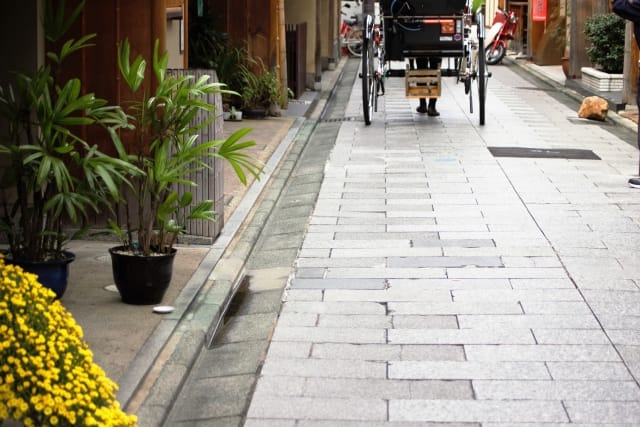
Miyagawa-cho is a hanamachi located south of Gion. With its cobblestone streets and traditional wooden buildings, you can feel the atmosphere of old times. Compared to Gion and Pontocho, it has a more relaxed atmosphere.
I once happened to pass by a maiko in Miyagawa-cho. The sight of the maiko walking with elegant gestures perfectly matched the atmosphere of this street. I felt that Miyagawa-cho is a hanamachi that quietly continues to preserve Kyoto's traditions.
Kamishichiken
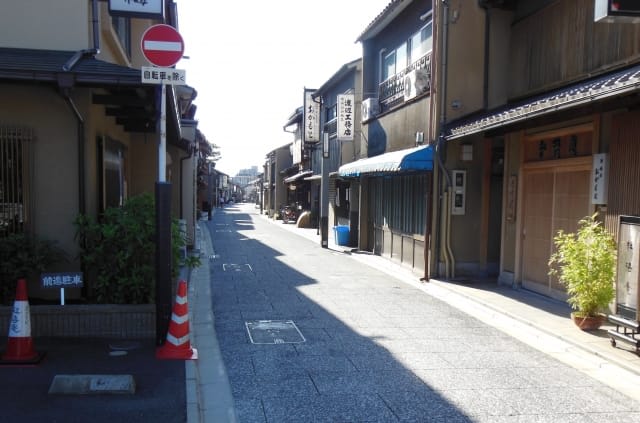
Kamishichiken, located near Kitano Tenmangu Shrine, is the oldest hanamachi in Kyoto. Maiko work in a quiet and calm atmosphere. You can see many maiko especially during the festival season of Kitano Tenmangu Shrine.
I visited Kamishichiken during the Kitano Tenmangu festival. The sight of maiko in colorful kimonos coming and going amid the lit lanterns was incredibly magical.
Work and Roles of Maiko
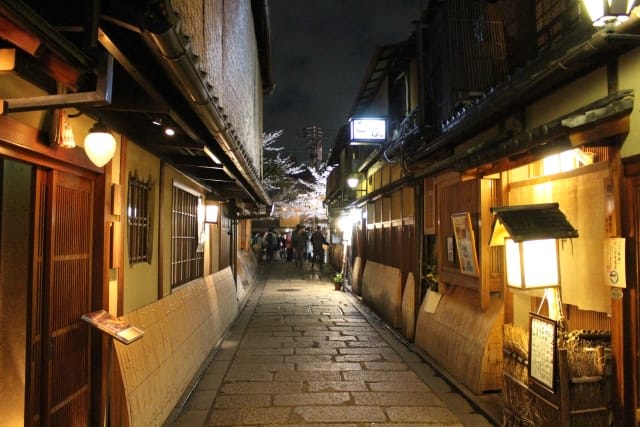
Maiko primarily entertain guests and showcase their artistic skills at ochaya. They are versed in traditional performing arts such as dancing, singing, playing shamisen and drums, and tea ceremony, and are vibrant figures that elegantly color banquets. Maiko also play a role as inheritors of traditional culture.
A Day in the Life of a Maiko
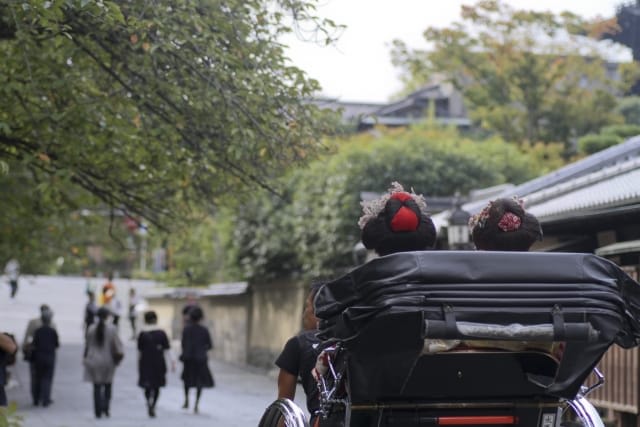
A maiko's day begins with artistic training from morning to afternoon. From evening, they attend banquets, sometimes working until late at night.
They might go to bed around 1 AM. The only free time for maiko is from 6 PM until they go to the ozashiki, and such a hard schedule is the daily life of a maiko.
I was surprised when I first heard about a maiko's daily schedule. From practicing artistic skills to customer service and travel. It's such a tight schedule with hardly any time to rest.
But the maiko handle this with a smile. Dedicating themselves entirely to preserving tradition. I couldn't help but feel the depth of this tradition in the attitude of the maiko.
The Path to Becoming a Maiko
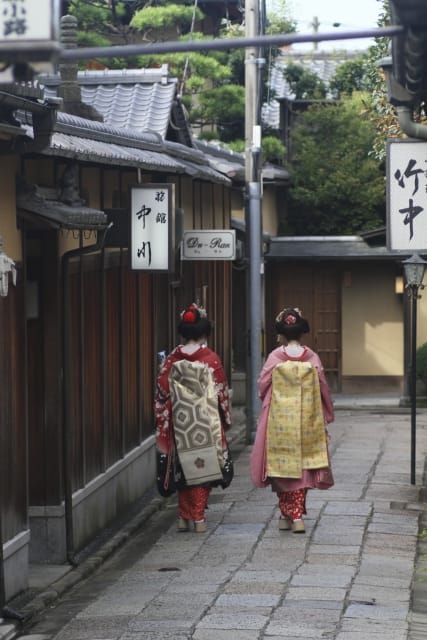
The path to becoming a maiko is by no means easy. Girls around 15 years old become live-in apprentices at an "okiya" (maiko house) and undergo rigorous training for over 5 years. In addition to artistic skills, they also learn etiquette and deportment. Then, around the age of 20, they are promoted to "geisha."
The rigor of the training to become a maiko is beyond imagination. Artistic training continues from morning to night, with hardly any time to rest. But even in such a harsh environment, maiko don't lose their love for traditional performing arts.
I was deeply impressed by their determination and passion. I realized that becoming a maiko means dedicating one's life to tradition.
Maiko Experiences in Kyoto

In Kyoto, you can experience maiko culture in various ways.
Dressing Up as a Maiko for Photos
There are services for tourists where you can experience dressing up as a maiko. You can get maiko makeup and dressing at specialized studios. Plans that allow you to walk around town and take commemorative photos are popular and recommended for creating memories of your Kyoto trip.
Website: https://kyoto-maiko.com/
Actually Meeting a Maiko
If you want to actually meet a maiko, I recommend going to the hanamachi I introduced earlier. Also, at the "Miyako Odori" in April, you can enjoy a stage performance featuring maiko.
Miyako Odori Website: https://miyako-odori.jp/english/
At some ryotei, it's possible to request entertainment by maiko.
However, chasing after maiko walking in places like Gion to take photos is considered bad manners, so you absolutely must not do this. If you want to meet maiko safely while respecting local manners, I recommend using a tour.
Tour to Meet Maiko 1: "Dinner with Maiko in a Traditional Kyoto Style Restaurant Tour" by Magical Trip
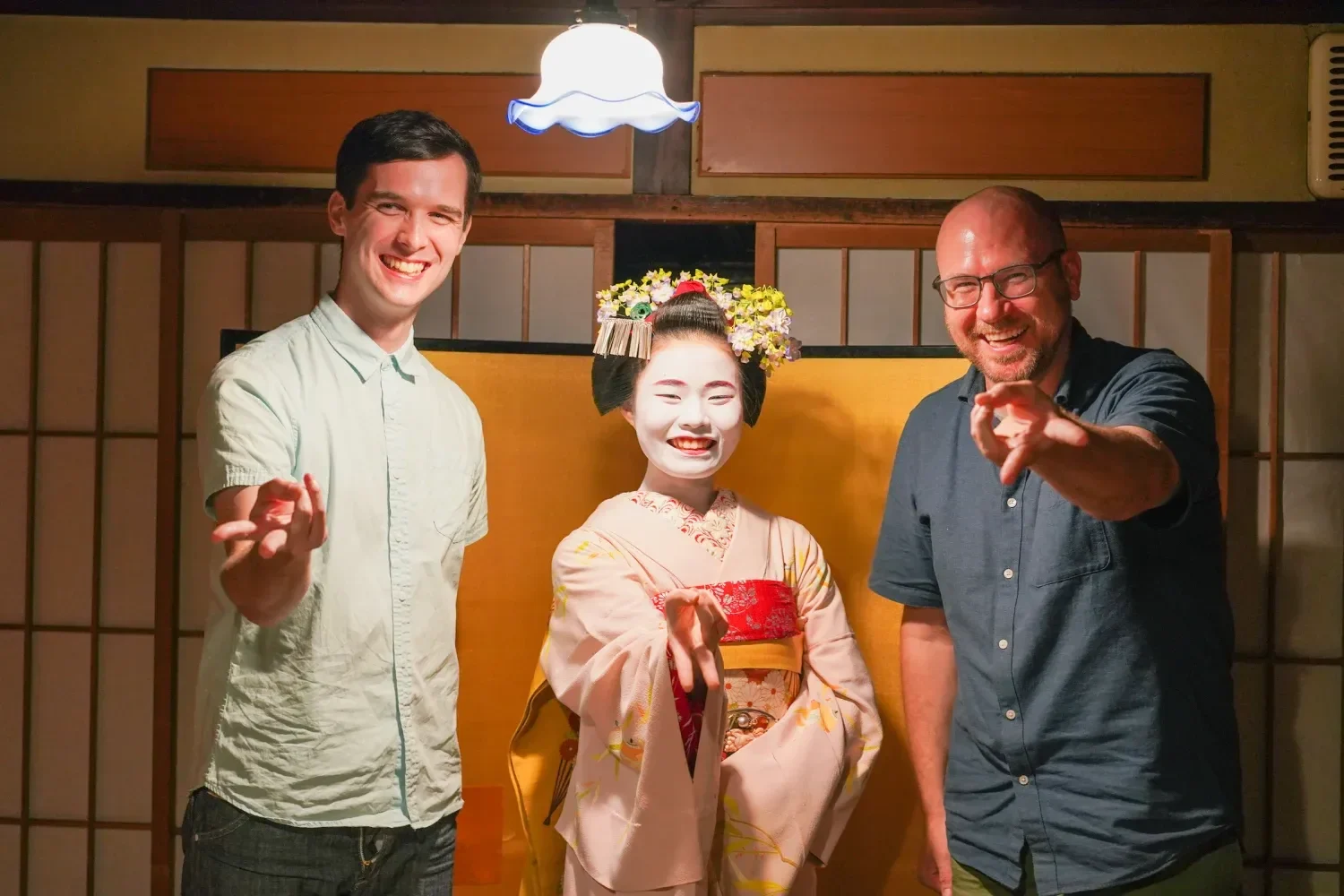
In the maiko tour provided by us at Magical Trip, you can explore the Gion area with a local guide, and then enjoy a full-course dinner and ozashiki asobi with a maiko at a traditional Kyoto restaurant. At the end of the tour, you can also take a photo with the maiko.
I really recommend this tour because meeting a maiko on your own is quite challenging. The price is about 274 USD per person, but it should be a special experience where you can fully enjoy Kyoto's culture and the charm of maiko.
Click here for more details: Dinner with Maiko in a Traditional Kyoto Style Restaurant Tour
Tour to Meet Maiko 2: "Meet a Geisha in Kyoto: Exclusive Geisha Show in Gion" by Japan Wonder Travel
Source: Japan Wonder Travel
This is a tour that focuses on a maiko show. Light meals are served, but the content is tourist-oriented, focusing on the maiko's performance rather than dining. The price is about 20,000 yen per person in Japanese yen.
I recommend this tour for those who just want to see a maiko without needing food or drinks.
Click here for more details: Meet a Geisha in Kyoto: Exclusive Geisha Show in Gion
Manners and Precautions When Meeting Maiko
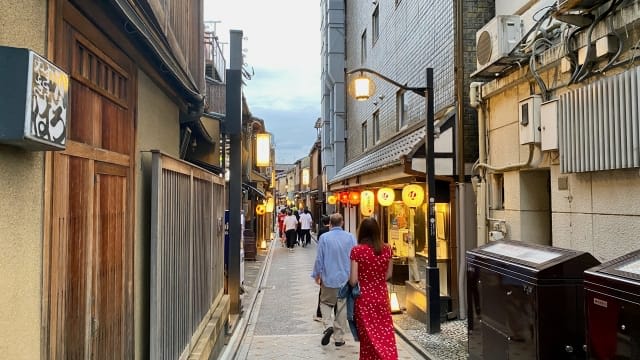
When meeting maiko, it's important to treat them with respect as artisans who inherit traditional performing arts.
Conversation with Maiko
While some maiko might talk to you casually, it's good manners to always interact politely. It's OK to ask about their artistic skills or daily life as a maiko, but it's better to avoid asking about private matters or relationships between maiko.
Maintaining Appropriate Distance with Maiko
It's strictly forbidden to touch a maiko without permission. Always get prior consent for handshakes or photo-taking. It's important to maintain an appropriate distance from maiko, and during ozashiki asobi, it's proper manners to follow the maiko's guidance. Chasing after maiko in the streets is absolutely prohibited.
Photo-taking Etiquette
It's proper manners to get permission before taking photos of maiko. Taking photos of maiko without permission is considered rude. When taking photos, be careful not to interfere with the maiko's artistic performance. Video recording is often not allowed, so be cautious. For posting photos on social media, get permission from the maiko first.
When meeting maiko, it's crucial to always remember courtesy and respect. They are inheritors of traditional performing arts and figures who support Kyoto's culture. Keep this in mind and enjoy your encounter with maiko.
Frequently Asked Questions About Maiko in Kyoto
Lastly, I'll answer some common questions about maiko culture in Kyoto.
How Many Maiko Are There Currently?
It's said that there are currently about 200 maiko in Kyoto. This number is declining due to the effects of the declining birthrate and the COVID-19 pandemic. There are about 100 "ochaya" in Kyoto where maiko work.
What Are the Future Dreams of Maiko?
The ultimate goal of maiko is to excel in the world of traditional performing arts. Eventually, they aim to be promoted to "geisha" and become full-fledged performers. Cases of transitioning to acting are rare, and many maiko retire when they get married.
I've introduced Kyoto's maiko culture in detail above.
The vibrant kimono appearance and graceful gestures. But behind that are rigorous training and a deep love for tradition. Becoming a maiko means dedicating your teenage years to traditional performing arts. I was deeply moved by the determination and passion of maiko.
When you visit Kyoto, please try to experience maiko culture. It's nice to try on traditional kimono in a maiko experience, or if you're lucky, you might pass by a maiko on the street. But when you do, please respect their daily lives and follow the proper etiquette.
If you want to enjoy the traditional performance of real maiko, please use the tours introduced in this article to experience authentic traditional culture!
